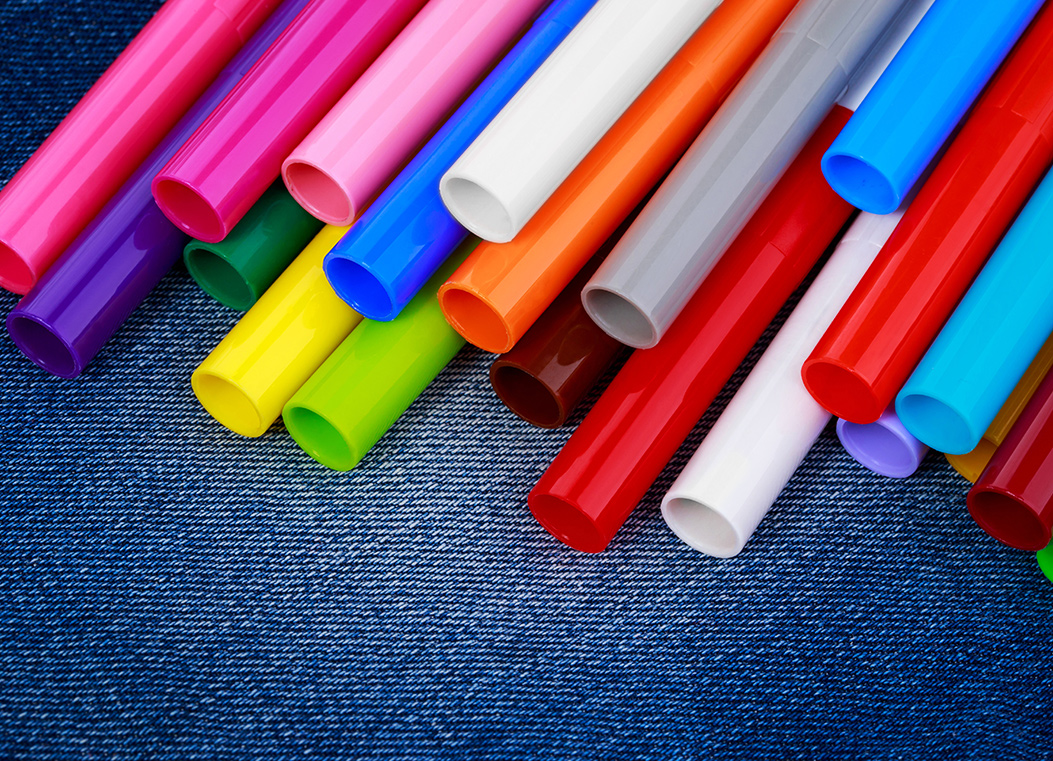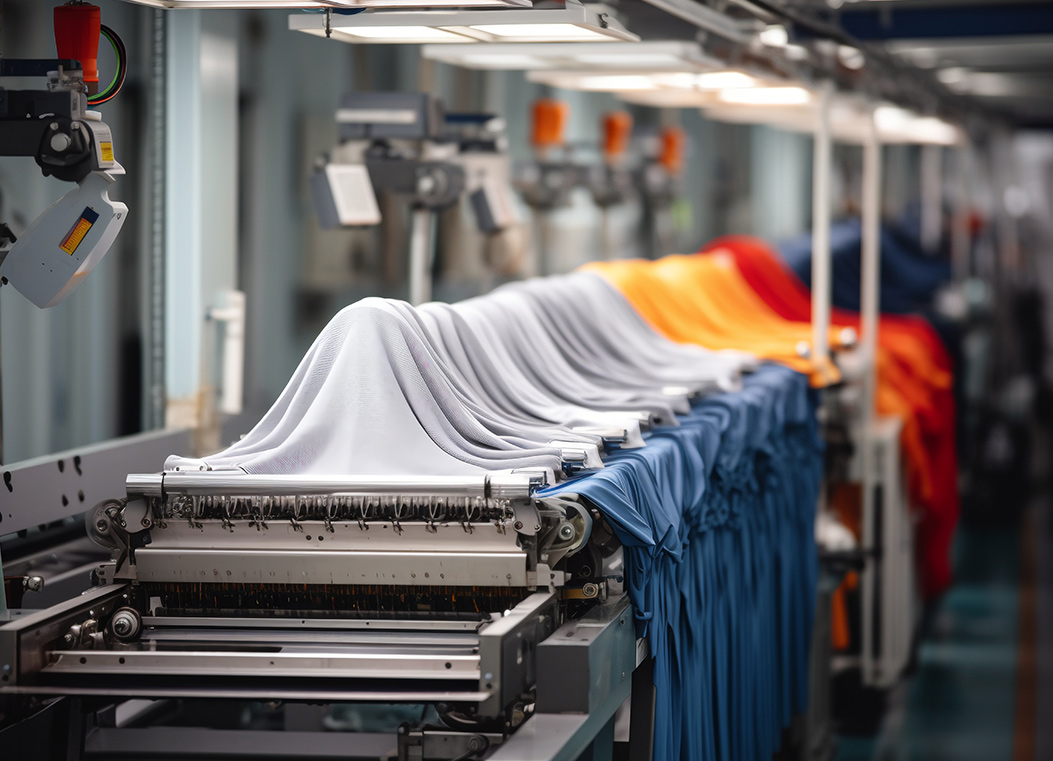From the plastic containers in kitchens to the fabrics in clothing, the pursuit of brighter, whiter appearances drives innovation in material processing. At the heart of this pursuit lies the Fluorescent Whitening Agent, a category of additives designed to amplify light reflection. Among these, Optical Brightener OB-1 has become a notable option for industries seeking to enhance brightness in their products.

What is Fluorescent Whitening Agent OB-1?
Fluorescent Whitening Agent OB-1, also known as Optical Brightener OB-1, is a specific type of fluorescent whitening agent. It typically appears as a yellow-green crystalline powder, odorless and insoluble in water. However, it dissolves readily in substances like paraffin, mineral oil, wax, and common organic solvents—properties that influence how it integrates into various production processes. Its chemical structure allows it to interact with light in a way that enhances the perception of whiteness, making it a staple in many manufacturing workflows.
How Optical Brightener OB-1 Enhances Brightness
The mechanism behind Optical Brightener OB-1’s ability to enhance brightness is rooted in light interaction. When exposed to ultraviolet light—found in sunlight and many artificial light sources—it absorbs this invisible UV radiation. It then re-emits the energy as visible blue light, which is complementary to the slight yellowish tones naturally present in many materials. This blue light blends with the material’s existing color, reducing the appearance of yellowness and creating a brighter, whiter look. This process does not alter the material’s intrinsic properties but works optically to improve its visual appeal.
Key Properties Supporting Brightness Enhancement
Heat Resistance
Optical Brightener OB-1 exhibits strong heat resistance, with a melting point ranging from 357°C to 360°C and a decomposition temperature above 450°C. This makes it suitable for use in high-temperature manufacturing processes, such as plastic molding or synthetic fiber extrusion, where materials are exposed to elevated heat.Unlike some additives that break down under such conditions, OB-1 retains its structure, ensuring the brightness-enhancing effect remains intact through production.
Light Stability
Another critical property is its light stability. When incorporated into finished products, Optical Brightener OB-1 resists degradation from prolonged exposure to sunlight or artificial light. This means items like outdoor plastic furniture, textile awnings, or painted surfaces treated with OB-1 maintain their enhanced brightness over time, rather than fading or dulling quickly.
Substrate Compatibility
Optical Brightener OB-1 is compatible with a wide range of substrates, including various plastics (polypropylene, PVC, ABS), synthetic fibers (polyester, nylon), and coating materials. This compatibility allows it to be integrated into diverse production lines without causing issues like discoloration, texture changes, or reduced material strength—key considerations for manufacturers aiming to maintain product quality while enhancing brightness.
Applications Across Industries
Plastics Manufacturing
In plastics, Optical Brightener OB-1 is used to enhance the brightness of both virgin and recycled materials. For virgin plastics, it elevates the natural whiteness of resins like polystyrene and polycarbonate, making products such as food containers, toy components, and packaging appear cleaner and more vibrant. For recycled plastics, which often carry slight discoloration from previous use, OB-1 helps mask these tones, bringing their appearance closer to that of new plastics and supporting sustainability efforts by improving recycled material usability.
Textile and Fiber Production
Synthetic fibers benefit significantly from Optical Brightener OB-1 during manufacturing. When added to polyester or nylon fiber stock solutions, it distributes evenly throughout the material, ensuring consistent brightness in finished textiles. This is particularly valuable for apparel, home textiles (like bed linens), and industrial fabrics, where a uniform, bright appearance is desired. The agent’s stability also means textiles retain their brightness through washing and wear.
Coatings, Paints, and Inks
In coatings and paints, Optical Brightener OB-1 enhances the brightness of finishes on surfaces like metal, wood, and concrete. It integrates into the coating matrix without altering the base color, simply amplifying light reflection to create a brighter look. In inks, it improves the vibrancy of printed materials, from packaging labels to paper products, by boosting the contrast between the ink and substrate.
Practical Guidelines for Effective Use
Dosage Recommendations
The amount of Optical Brightener OB-1 needed varies by substrate. For common types of plastics, a dosage of 0.01% to 0.05% by weight of the base resin is typical. Recycled plastics may require slightly higher amounts to counteract existing discoloration. In textiles, 0.02% to 0.06% by weight of fiber stock is standard, while coatings and inks generally use 0.03% to 0.07% to avoid affecting viscosity or drying time.
Mixing and Integration
Proper mixing is key to ensuring even brightness. For plastics, OB-1 is often pre-blended with resin pellets before melting and molding. In fiber production, it is added to the polymer melt during extrusion to ensure uniform distribution. For coatings and inks, grinding OB-1 into a fine powder before mixing with the base material helps prevent streaking or uneven brightness.
Storage and Handling
To maintain effectiveness, Optical Brightener OB-1 should be stored in sealed containers in a cool, dry area, away from direct sunlight and moisture. When handling, standard protective gear is recommended to prevent inhalation of fine particles, which can irritate airways.
Across manufacturing sectors, Optical Brightener OB-1 continues to be a go-to solution for enhancing brightness, supported by its unique combination of properties and adaptability. Its ability to integrate into diverse processes while delivering consistent results makes it a valuable tool for those looking to elevate the visual appeal of their products.

 EN
EN 中文
中文 ES
ES




.jpg)












